Mihintale
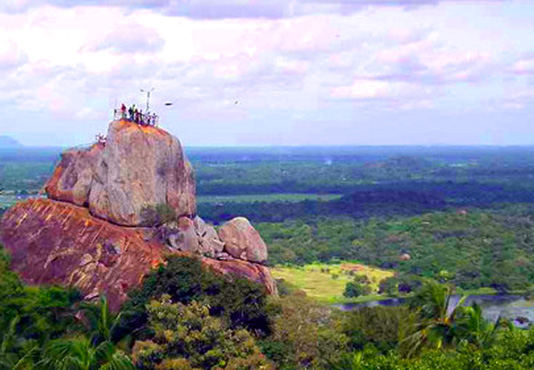
One of Sri Lanka’s most significant religious sites, Mihintale lies 13kms east of Anuradhapura and is where Buddhism originated on the island. In 247 BC King Devanampiya Tissa of Anuradhapura, was deer hunting on the plains beneath Mihintale, and met Mahinda, son of the Indian Buddhist emperor, and chose the path of Buddhism for the Sinhalese nation following Mahinda’s persuasion.
You May Also Like
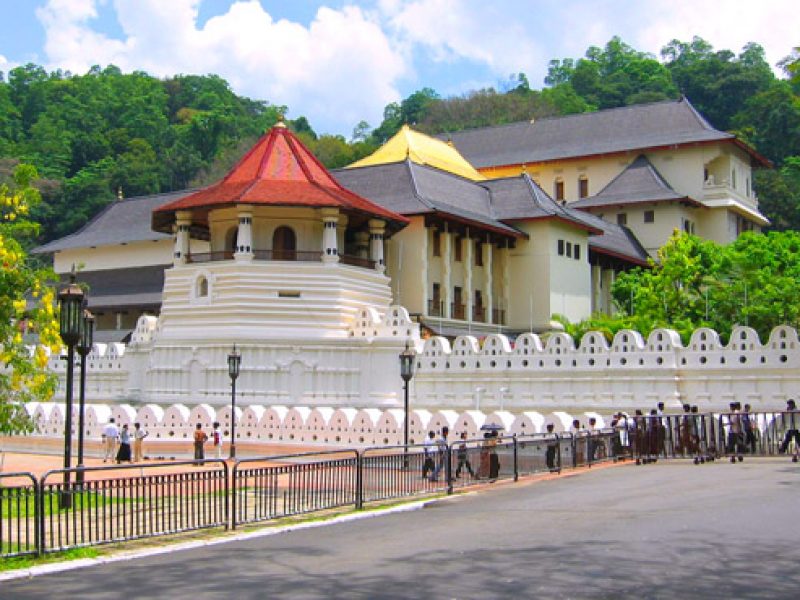
Kandy
The hill-country capital of Kandy lies on a plain amidst towering hills and looped by Sri Lanka’s largest river: the Mahaweli. The town’s pleasant temperate climate, its scenic location and its rich history has made it a favourite haunt for travellers. It is also the natural gateway to the stirring peaks of Sri Lanka’s hill […]
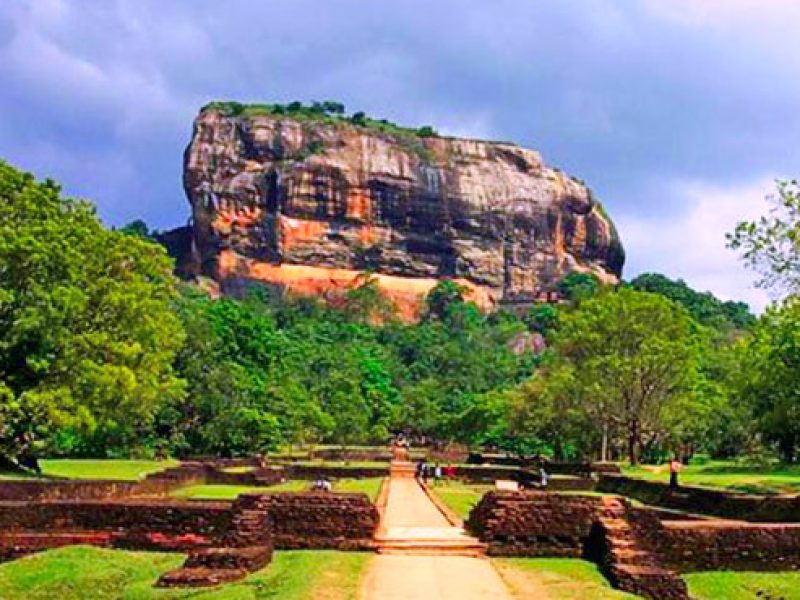
Sigiriya
Sigiriya, a UNESCO World Heritage Site, is one of the most dramatic historical locations in the world. A mythical past of feuding dynasties suits Sigiriya’s inspiring setting. It was built in 5th century AD by king, Kasyapa, as a fortress-palace. It is believed that some of the paintings may have been wiped out during subsequent […]
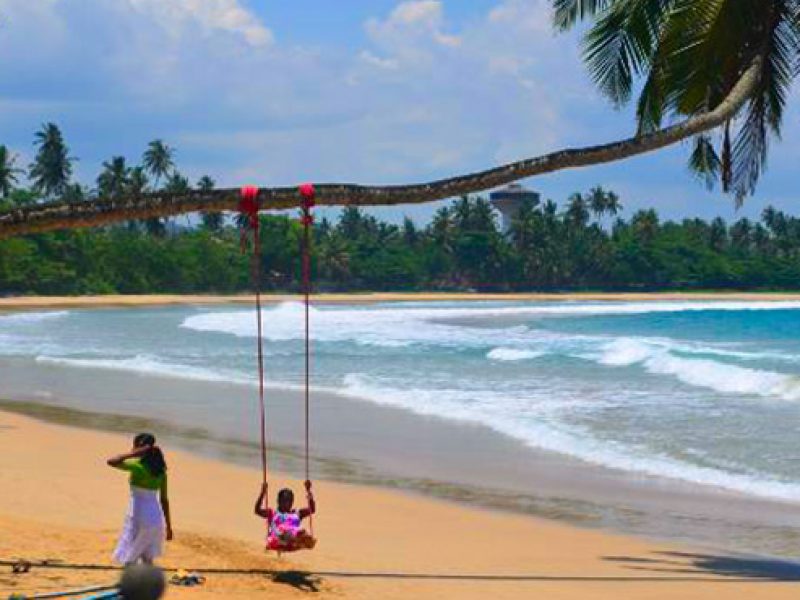
Dickwella
Scuba Diving in Dickwella – Dickwella has some of the island’s best dive spots. A PADI-approved diving centre offers diving from beginners to advanced. Spotting bright corals and exotic is easy and there is the opportunity to explore the wrecks of a steam ship and cargo ship. These two wrecks are old enough and substantial […]
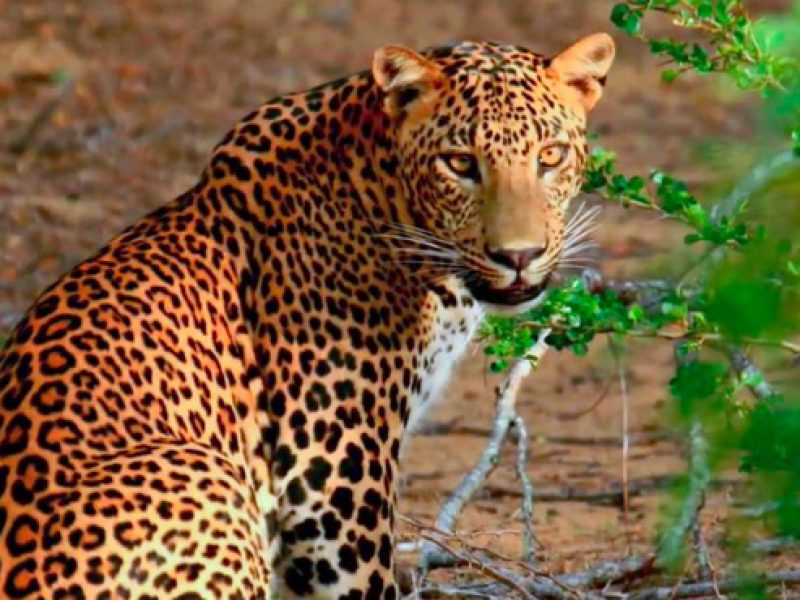
Yala National Park
Yala, situated in the south east corner of the island, is home to the greatest variety of Sri Lanka’s wildlife. Its varying habitats, consisting of scrub plains, jungles, rocky outcrops, fresh water lakes, rivers and beaches, provides home to many species of animals including sloth bear, herds of elephants, buffalo, monkeys, sambar, deer, crocodiles and […]